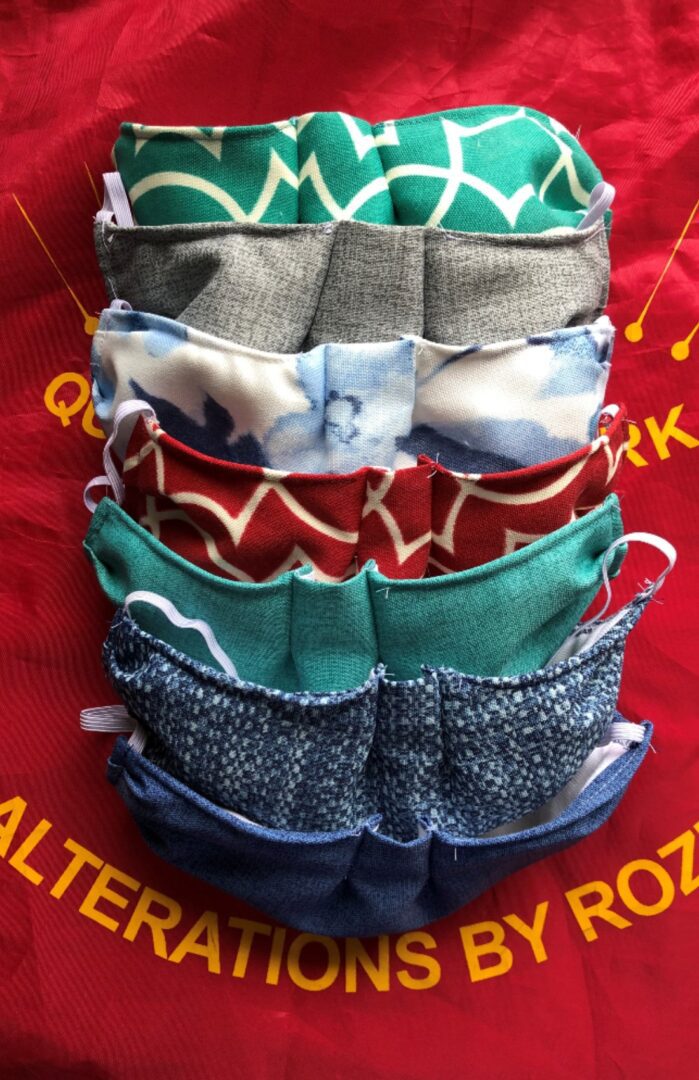DESIGNER MASKS
Researchers at Cambridge University tested a wide range of household materials for DIY masks. To measure effectiveness, they shot Bacillus atrophaeus bacteria (0.93-1.25 microns) & Bacteriophage MS virus (0.023 microns in size) at different household materials.
They measured what percentage the materials could capture & compared them to the more common surgical mask. Not surprisingly, the surgical
mask performed best, capturing 97% of the 1-micron bacteria. Yet every single material filtered out at least 50% of particles. The top performers
were the vacuum cleaner bag (95%), the dish cloth (“tea towel†in the UK! 83%), the cotton blend shirt fabric (74%), and the 100% cotton shirt
(69%).
The test above used bacteria that were 1 micron large, yet the coronavirus is just 0.1 microns – ten times smaller. Can homemade masks capture
smaller virus particles? To answer this question, the scientists tested 0.02 micron Bacteriophage MS2 particles (5 times smaller than the
coronavirus). On average, the homemade masks captured 7% fewer virus particles than the larger bacteria particles. However, all of the
homemade materials managed to capture 50% of virus particles or more (with the exception of the scarf at 49%).
Bottom line: Test data shows that the best choices for DIY Designer Masks are cotton t-shirts,
pillowcases, or other cotton materials.
These materials filter out approximately 50% of 0.2 micron particles, similar
in size to the coronavirus.
Alterations By Rozi, LLC
(Government Contractor for Michigan State Police)
Call to place your orders today, we have a variety of designs and outer layer options.

